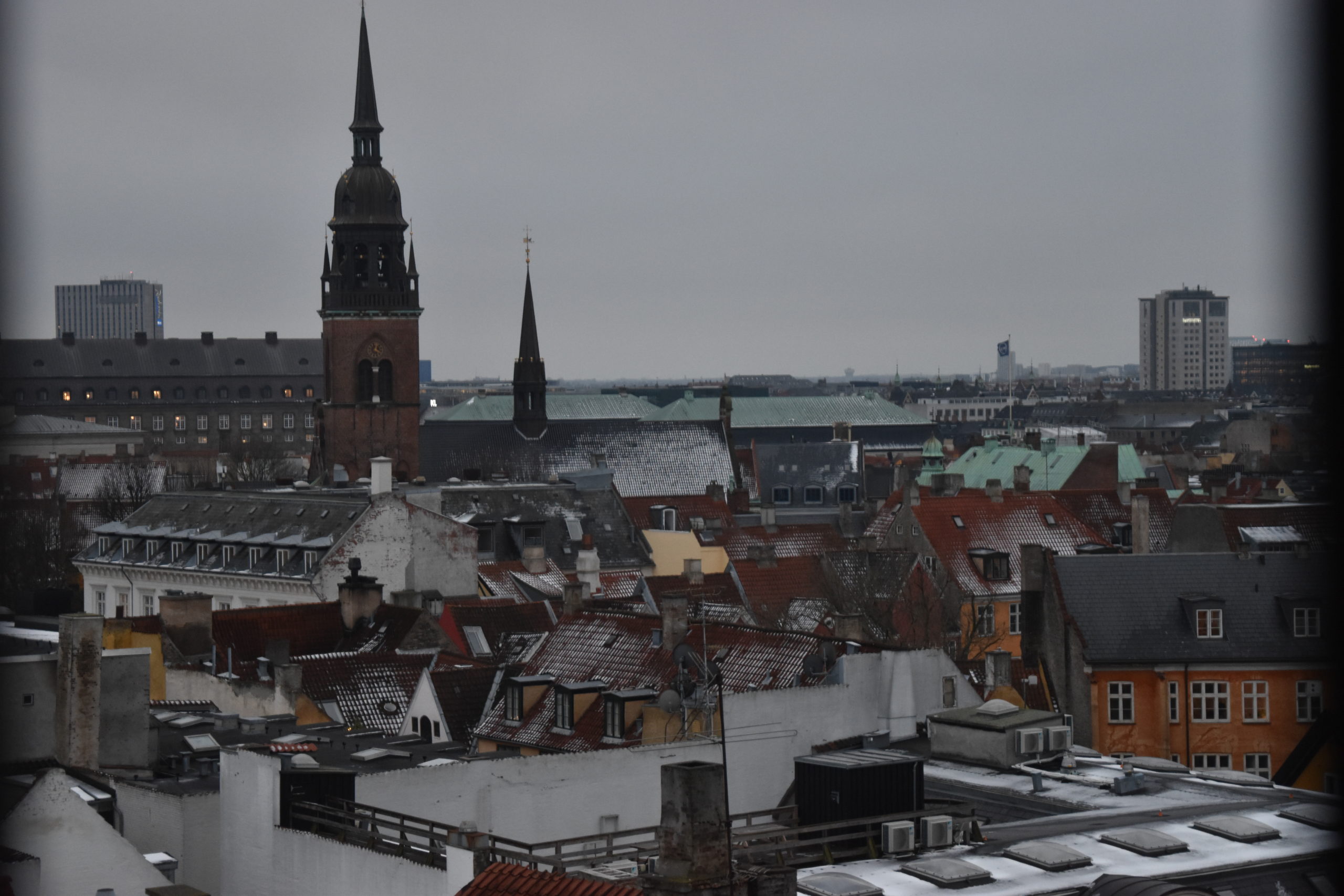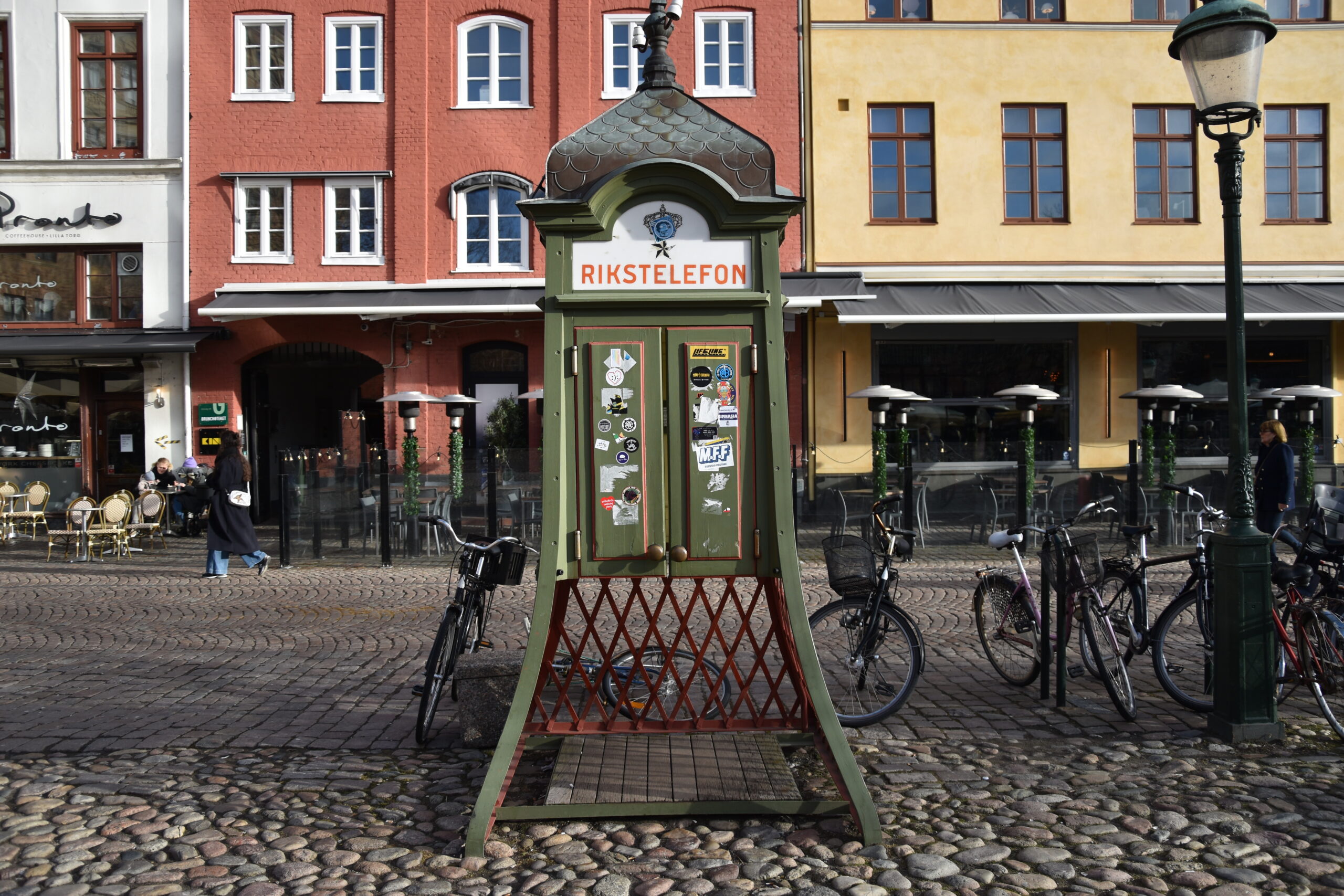A few months ago, I decided to take a leap of faith and participate in a bona fide Australian tradition – the Working Holiday, where a person decides to put their regular life on ice briefly while they soak up the culture in a different country. It’s the modern equivalent of the Grand Tour, except I spend considerably less time travelling around Europe, and considerably more time worrying about money.
I am staying in Copenhagen, a city that I’ve always wanted to visit. Denmark is consistently rated one of the happiest countries in the world, with a high standard of living and a notoriously socialistic society. It’s chock-full of art, culture and intentional design. Plus, Copenhagen itself is absolutely beautiful in the snow.
I’d learnt Danish on Duolingo for a few years. I had researched the country. I felt reasonably prepared to go to Denmark.
However, obtaining the working holiday visa (WHV) wasn’t without its road bumps. Here are four things I’ve learnt from my experience applying for the Danish WHV:
- Start the process early. To apply for a Danish visa, the government requires applicants to fill out paperwork and record their biometric features. You can submit your visa application up to six months before your intended arrival date.
Unlike countries such as the United Kingdom or Australia itself, which approve WHVs in a matter of weeks or even minutes, the processing time for the Danish WHV is estimated at three months. I’ve seen some people who have claimed that theirs arrived one month after application.
Vainly, I had hoped that mine might also arrive in a single month. Did it? Noooo.
(If it sounds like I’m being petulant, it’s because I am.)
It arrived three-and-a-half months after I recorded my biometrics, much later than the two-and-a-half months I had budgeted. See here for my subsequent blog post.
So, my advice is to give yourself as much time as possible. If the estimated processing time is three months, add a month on to that. Ideally, apply at the six-month mark, which is the earliest you’re allowed to do so. Just don’t be like disorganised old me, making baseless assumptions that led to a tonne of stress and rescheduled flights. - VFS Global is not your friend. If you’re an Aussie, you’ll have to apply for your visa through a company called VFS Global. They’re a visa outsourcing service who essentially gather all your information, records the biometric data required by the Danish government, and sends it to the relevant embassy for processing. It’s a fine system in theory. In theory.
My experience with VFS Global was less than stellar. Firstly, I couldn’t book an in-person appointment to record my biometrics because their website simply would not let me log in. This was a pretty stressful period for me, as biometric features must be recorded within 14 days of submitting your Danish visa online. I was running out of time.
I tried many ways to get around the error: logging in on my phone, different browsers, clearing cookies and caches, etc. Nothing worked.
I eventually had to start an email chain that lasted 5 business days just to get them to book the appointment for me. Even then, it was probably only resolved that quickly because I called the VFS hotline and got redirected to a person in real-time. If you look up VFS Global’s company reviews, this experience seems somewhat typical.
My advice: be prepared for setbacks, and try calling as soon as you can if you hit a roadblock. It’s just easier. - Know the limitations. Many of my friends were shocked to find out that the Danish WHV only allows the holder to work six months out of the whole duration of your stay. If you intend to go for a year-long visit, this means you can only work about half that time. The rest will have to be spent holidaying, as the visa conditions sternly remind you.
In addition, after three months working with an employer, you must cease employment. This is regardless of whether you work full-time or part-time, by the way. So, you’d have a minimum of two employers if you’re working the full six months.
However, you can work as much or as little as you’d like over your employment period.
In a country like Denmark, working only half the year is no small ask. I’ve found the cost of living here is equivalent or higher than in Australia. Danish jobs generally pay well, so I estimate one would have to work at least three days full-time to get by with rent and groceries.
In addition, it can be difficult to find jobs for only three-month stretches, especially for non-Danish speakers. I assume the Danish government intend for working holidayers to take up hospitality and service roles, or perhaps agriculture like in Australia.
The above might not be a problem for you. You could have enough savings to live in Copenhagen, or are committed to working as much as possible. However, the working permit conditions are another factor to consider when deciding whether you’d like to come to Denmark for a working holiday. - Try to nab accommodation as early as possible – especially if you’re settling in the capital. Like many places in Australia, it’s extremely difficult to get a rental in Copenhagen at the moment. Apartments are snapped up hours, if not minutes, after they are posted online.
I experienced this firsthand. I signed up for a subscription to BoligPortal, one of the most recommended platforms for accommodation-seekers in Denmark. Events would proceed roughly like this:
(1) See apartment/room for rent.
(2) Message the landlord.
(3) Get left on read (or læse, depending on the language.)
(4) Receive the crushing email, ‘This property has been marked as rented out.’
(5) Rinse and repeat.
It speaks for the Danish housing market that I could remember that notification almost word-for-word.
I went on like this for months, until someone gave me a great tip: Danes love Facebook.
There are multiple groups online for Copenhageners to lease and rent both rooms and apartments. You can usually find these by searching up keywords in English or in Danish: good Danish words include ‘leje’, ‘lejebolig’, and ‘lejligheder’. I found my current apartment this way.
Oftentimes, people simply will not reply to you. That’s fine – like on BoligPortal, there is overwhelming attention whenever an apartment is put up. But you do get a much higher response rate on Facebook.
A key thing to remember is to keep monitoring the Facebook groups like it’s your full-time job. If you see something you like, message ASAP. Always be polite. And be positive! The grind of the search can be hugely demoralising, but it’s not impossible.
Lastly, be careful of scammers. Beware of ads that seem too good to be true, or that do not have specific details. If someone asks you to drop an email to a sketchy address, don’t. If you’re not in the area for a physical inspection, ask for a video call at least. Your safety is the most important factor.
Those are my tips for applying for a Danish WHV. It won’t necessarily be an easy process, but barely anything worthwhile ever is. Happy travels!




